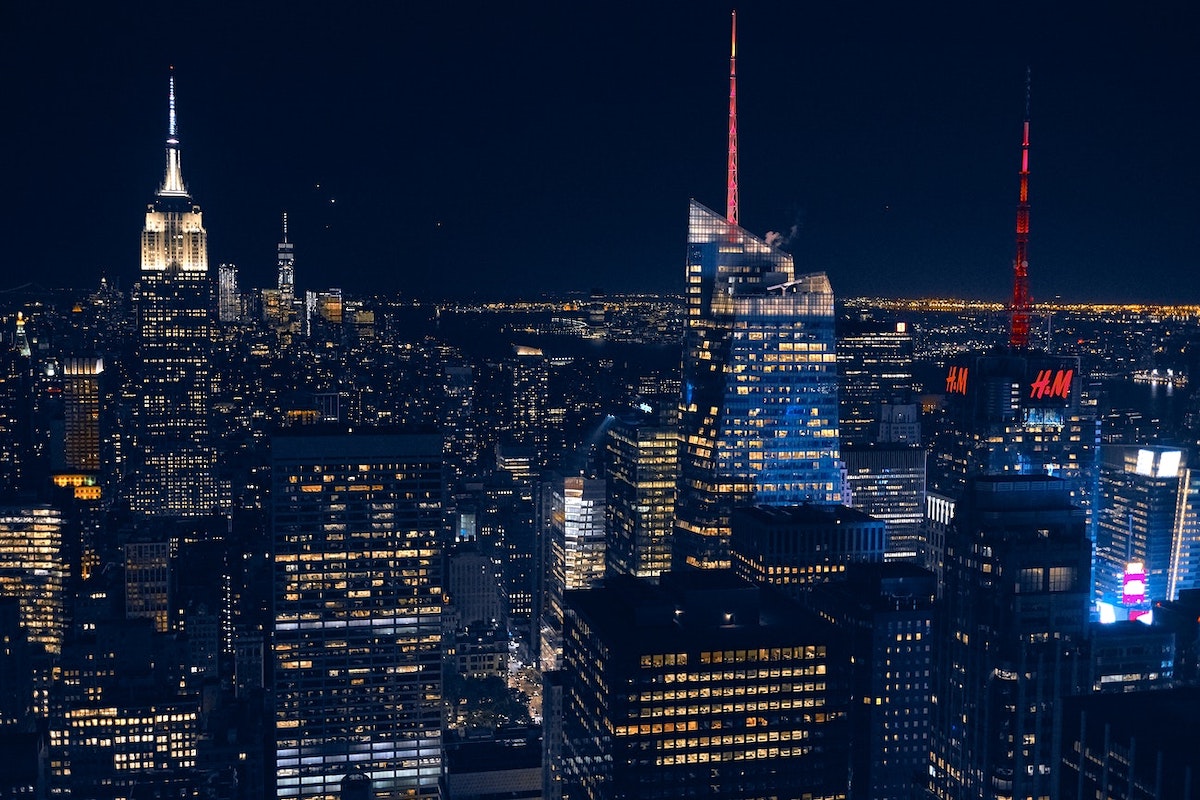Skift Take
Leisure travel can only do so much. The lack of business travel finally pushed the nose down on U.S. hotel performance during the latest coronavirus variant.
U.S. hotels have finally joined Europe and China in feeling a performance bite directly tied to the Omicron variant.
Analysts were hesitant over the last few weeks to directly tie any performance dip seen around the world to Omicron due to the winter holidays. But U.S. hotel revenue per available room — the industry’s key performance metric — was down nearly 18 percent from the same week two years ago, according to STR.
It was down 45 percent in China and down 46 percent in Europe from three years prior. Analysts began to use three-year benchmarks for both regions, as each began to see coronavirus impact earlier in 2020 than the U.S.
“The data is expected to decline a little bit [in a normal year] because leisure travel is not as strong after people were just on vacation,” Jan Freitag, national director of hospitality analytics at CoStar, said. “But what we normally would see is a steady base of business travel, and we’re clearly not seeing that. That is probably the Omicron impact.”
The lack of clarity on the return of business travel is particularly a burden for hoteliers, as the first weeks of the year aren’t known for being a popular time to take a vacation. Leisure travel toward the end of last year rocketed U.S. hotels to outperform pre-pandemic levels and even revived China’s hotel industry, which has been struggling due to pandemic mitigation measures like strict lockdowns.
China and Europe’s worse performance than the U.S. in this week’s data is tied to both regions having more restrictions in place to combat the spread of the virus.
“The surge has a lot of people hesitant to travel, hesitant to allow travel, and put government restrictions back in place,” Freitag said. “Whereas, in the U.S., it’s a state-by-state [and] county-by-county rule.”
Business travel typically picks up later in the first quarter, but a Truist Securities analysis on STR’s latest data doesn’t show much optimism for a huge pick-up heading into February. Urban mid-week occupancy rates, typically a signal of business travel, were only in the mid- to upper-40 percent range in the U.S.
Hotel companies like to tout that they are managing relatively fine through the crisis by charging higher rates for hotel rooms, but they eventually need the reliable return of corporate clients and business travelers to have a shot of consistently performing at, or better than, pre-pandemic levels.
“Even in normal times, low occupancy periods such as mid-January are not a great read-through for the more active business travel periods in the back half of the quarter,” the Truist analysis stated. “Regardless, the climb for business travel (both transient and group) remains deeply challenged today given the combination of Omicron, work from home, canceled flights, increasingly restrictive corporate travel policies (we think could last through February if not beyond), and canceled/low attendance conventions, among other factors.”
Have a confidential tip for Skift? Get in touch
Tags: coronavirus, coronavirus recovery, hotels, omicron variant
Photo credit: The U.S., China, and Europe all felt hotel performance drops due to the Omicron variant last week. https://www.rawpixel.com/image/3283426/free-photo-image-new-york-skyline-city-light / Rawpixel
